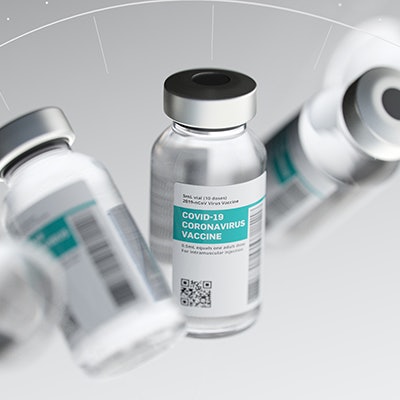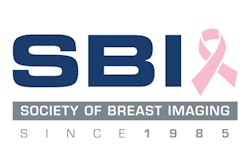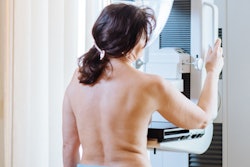
Adenopathy caused by the COVID-19 vaccine has a higher incidence than adenopathy seen in otherwise normal mammograms, but swelling goes down over time, according to research published July 22 in JAMA Oncology.
Researchers led by Dr. Kristin Robinson from the Mayo Clinic in Jacksonville, FL, said that while such the rate of adenopathy in the current study was significantly lower than among patients who self-reported axillary swelling in previous COVID-19 vaccine trials, it is still higher than adenopathy found in routine mammography.
"Our data is reassuring that a small percentage of patients developed abnormal lymphadenopathy that can be seen on the screening imaging," said the Mayo Clinic's Dr. Saranya Chumsri, a corresponding author on the study, to AuntMinnie.com.
Swollen lymph nodes have become a known side effect of the COVID-19 vaccine, with experts saying it is a sign of the vaccine working to develop immunity against the coronavirus. As many as 16% of patients have self-reported axillary swelling following vaccination, according to the U.S. Centers for Disease Control and Prevention.
The National Comprehensive Cancer Network and Society of Breast Imaging (SBI) recommends scheduling screening breast imaging four to six weeks after the second COVID-19 vaccination dose when possible.
In a June 9 talk hosted by the SBI, experts recommended that people come in to examine swollen glands potentially caused by vaccination and that further evaluation may be needed if the swelling does not go away after about three months.
In a study published June 10 in Academic Radiology, Israeli researchers found increased cortical thickness of abnormal lymph nodes and longer lymph node diameter in patients and medical staff who received the second dose of the Pfizer-BioNTech COVID-19 vaccine. However, this phenomenon was also found to be self-regressing.
However, the actual incidence, timing, and characteristics of mammographic axillary adenopathy following vaccination remain unknown, which is the information that the Mayo Clinic team wanted to find out.
The researchers looked at 750 women at the Mayo Clinic between January and March 2021 who received at least one injection of COVID-19 vaccine fewer than 90 days prior to either screening or diagnostic mammography.
They found that 23 (3%) patients had axillary adenopathy on mammography and two patients were symptomatic. Out of that number, 14 patients were given Moderna's vaccine and seven more were given the Pfizer vaccine, although differences between the brand of vaccine used did not achieve statistical significance.
The researchers also found that the median time after vaccine injection in patients with adenopathy was significantly shorter at 10 days compared with 18 days in patients without adenopathy (p < .001). Adenopathy rates also decreased as time passed, with no adenopathy seen in patients who received the vaccine more than 28 days previously.
However, axillary adenopathy in otherwise normal mammography was found to be in 0.02% to 0.04% cases in previous research, a lower incidence rate than the Mayo Clinic team's findings. Because of this, routine inquiring about a patient's recent history of COVID-19 vaccination is warranted, they noted.
"Swelling and pain in the axilla after the vaccination should be discussed with the healthcare providers, especially if they are scheduled to have the screening mammogram performed," Chumsri said.
Further studies are needed to guide future recommendations for following up with patients with adenopathy after vaccination and evaluating findings with other imaging methods, the researchers said in their paper.
Chumsri told AuntMinnie.com that the investigators are also looking at the immune response to the COVID-19 vaccine in cancer patients receiving immunosuppressive therapy, such as chemotherapy.




















